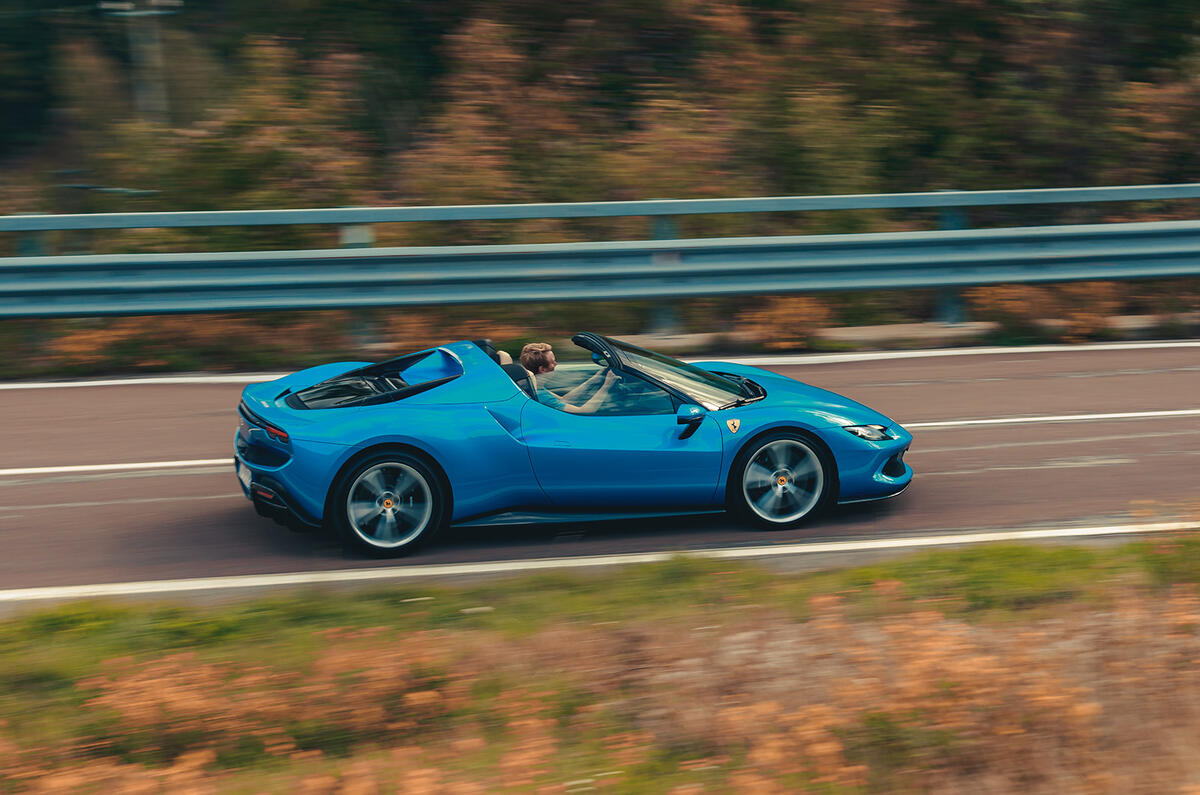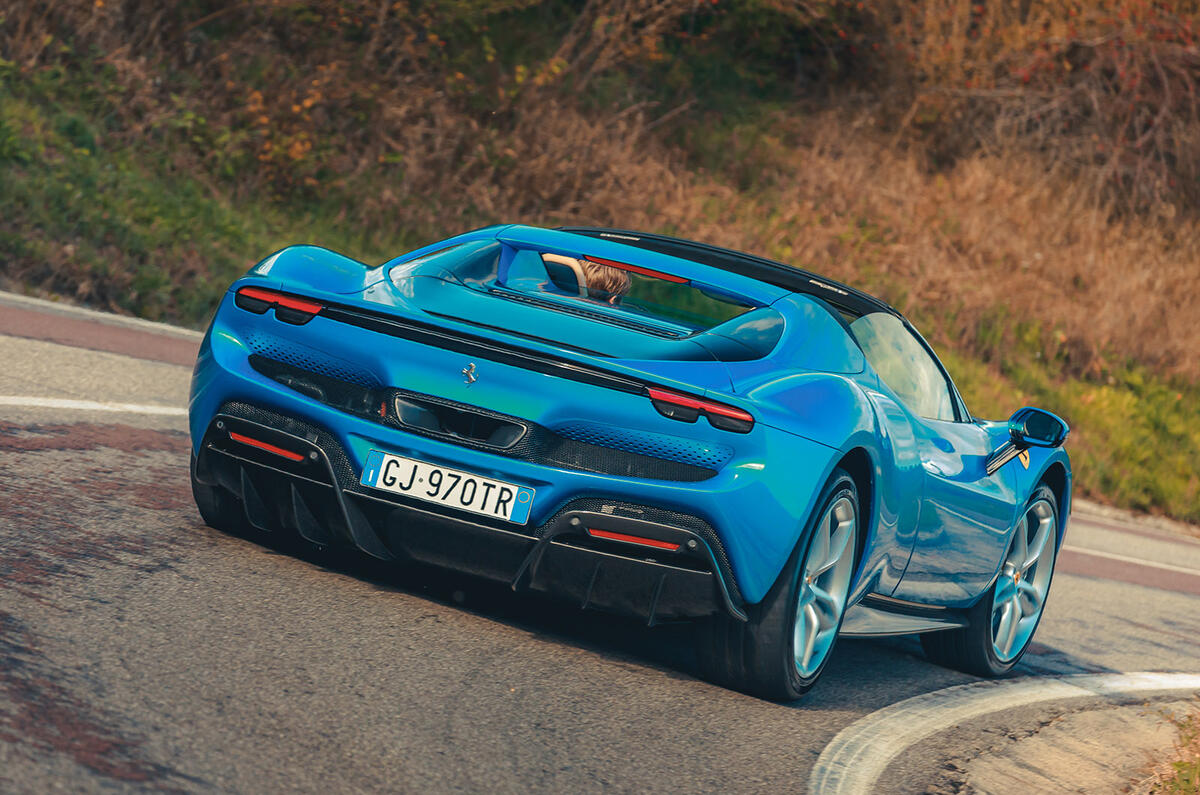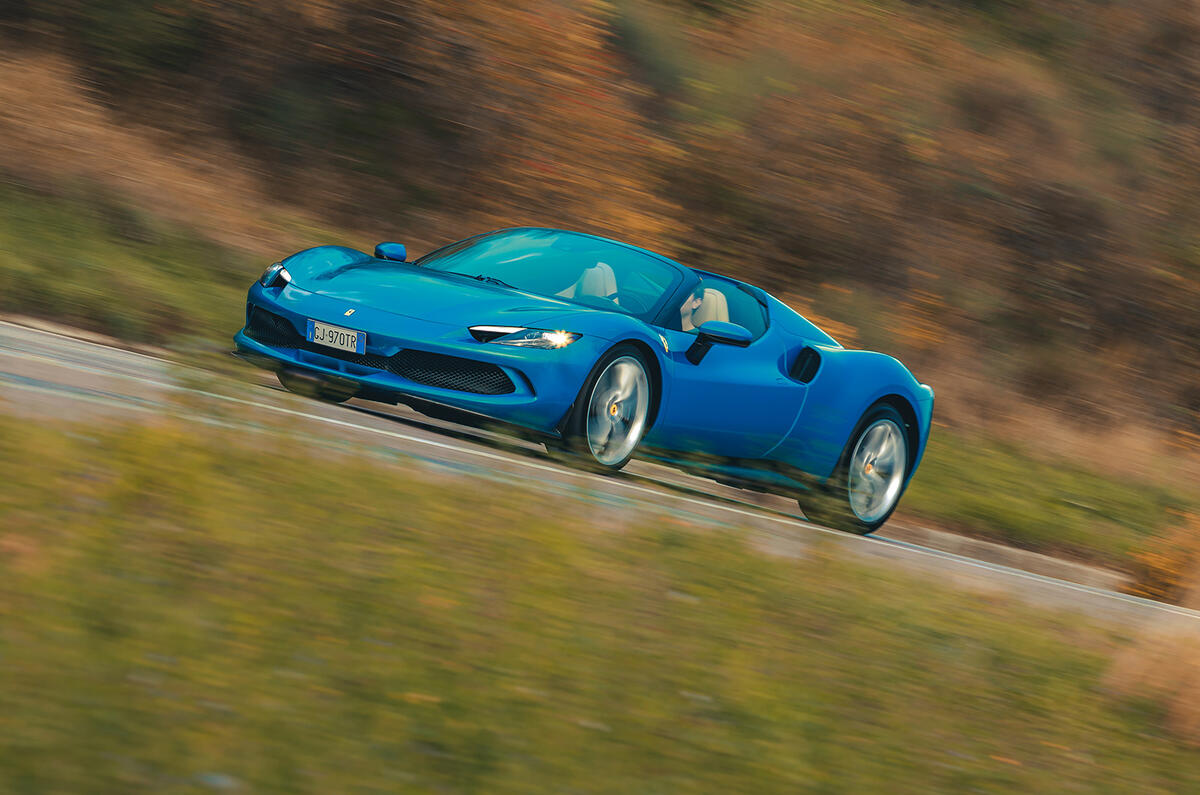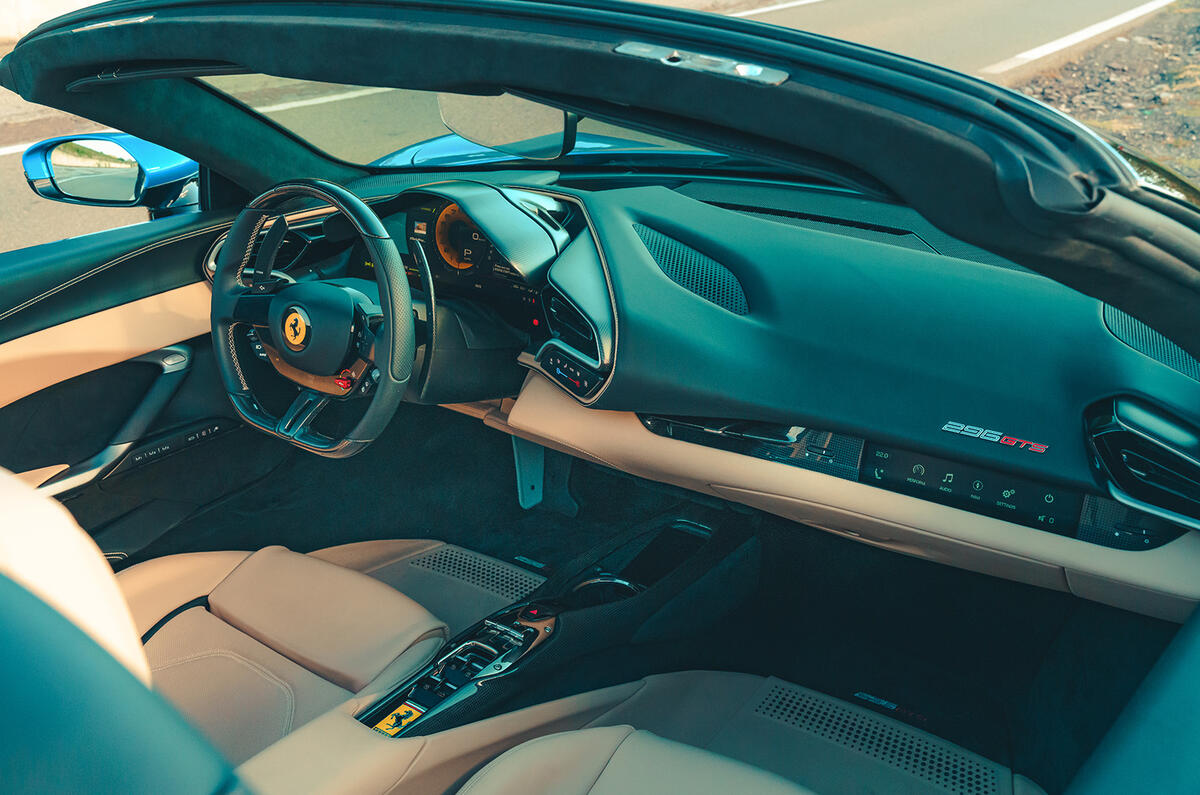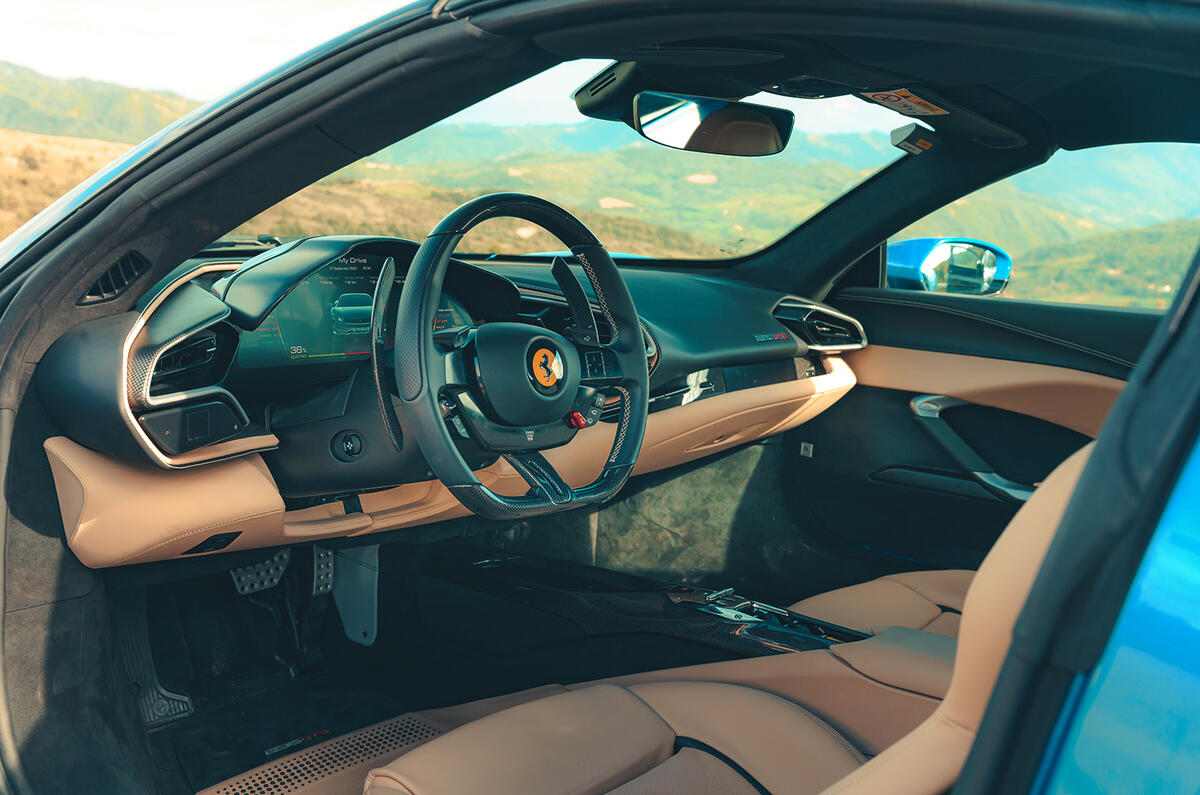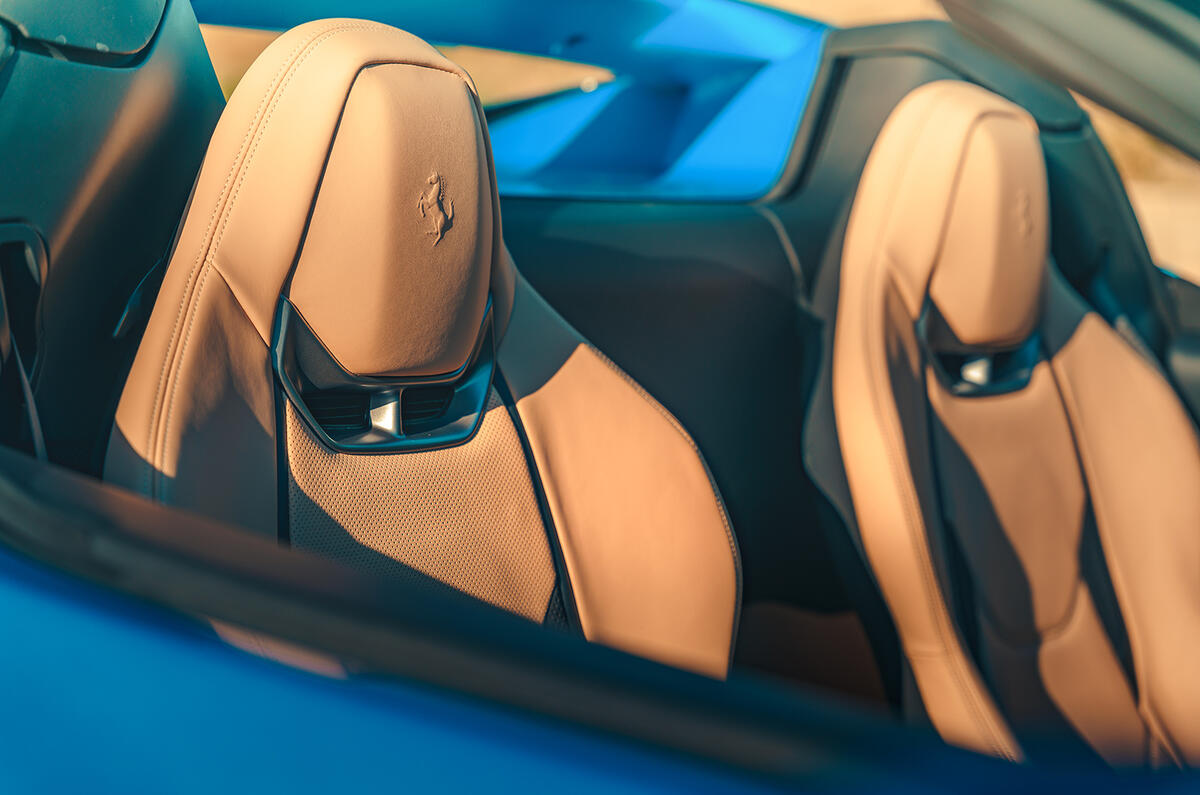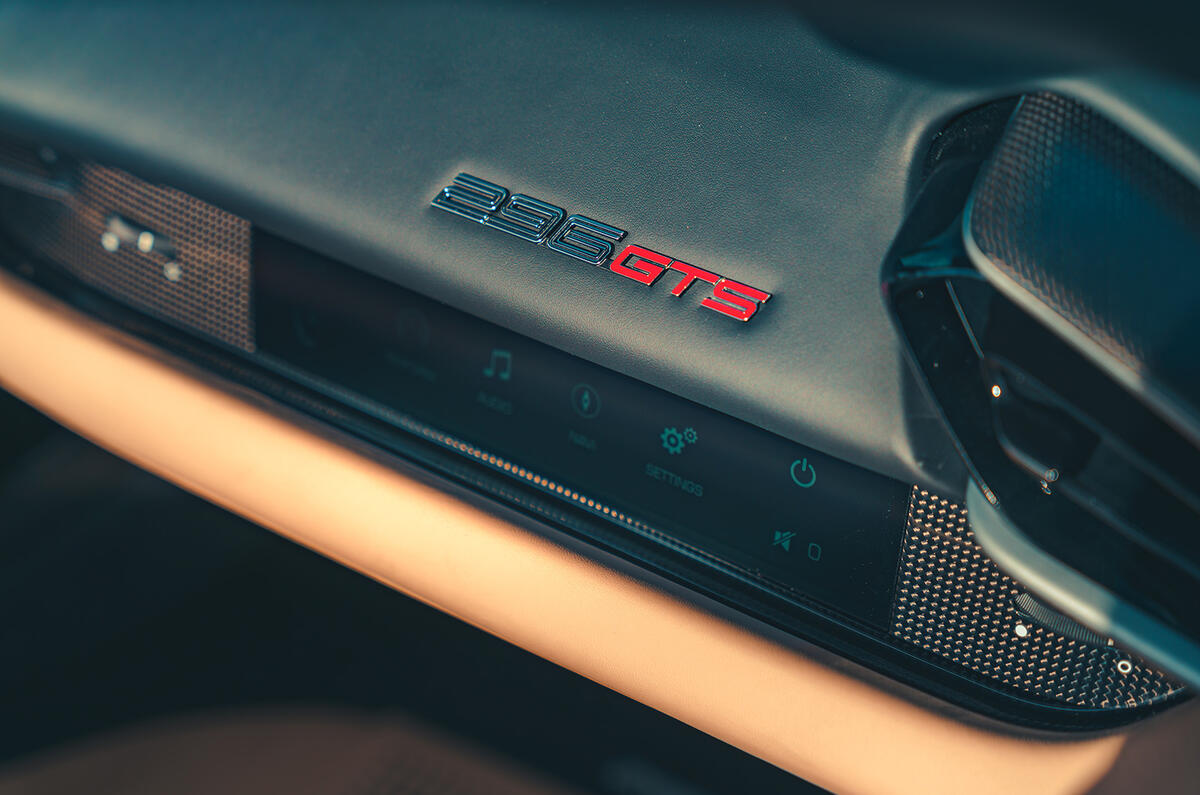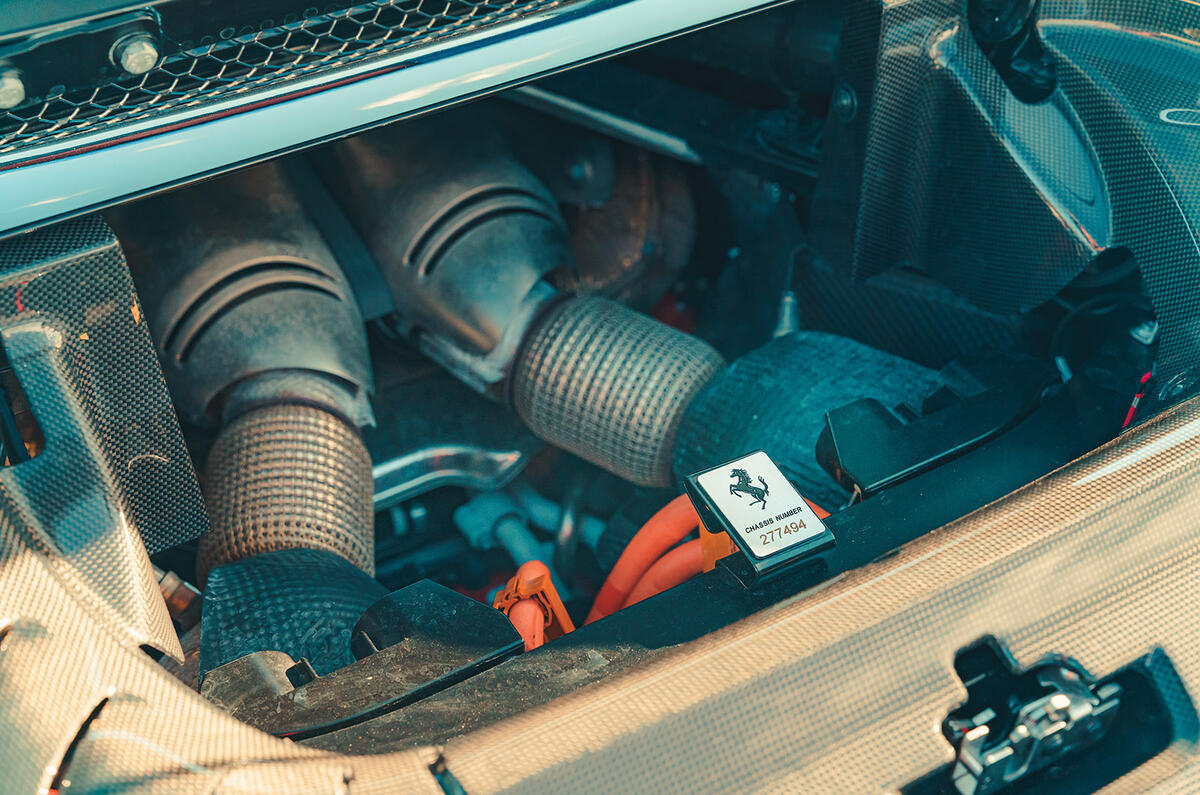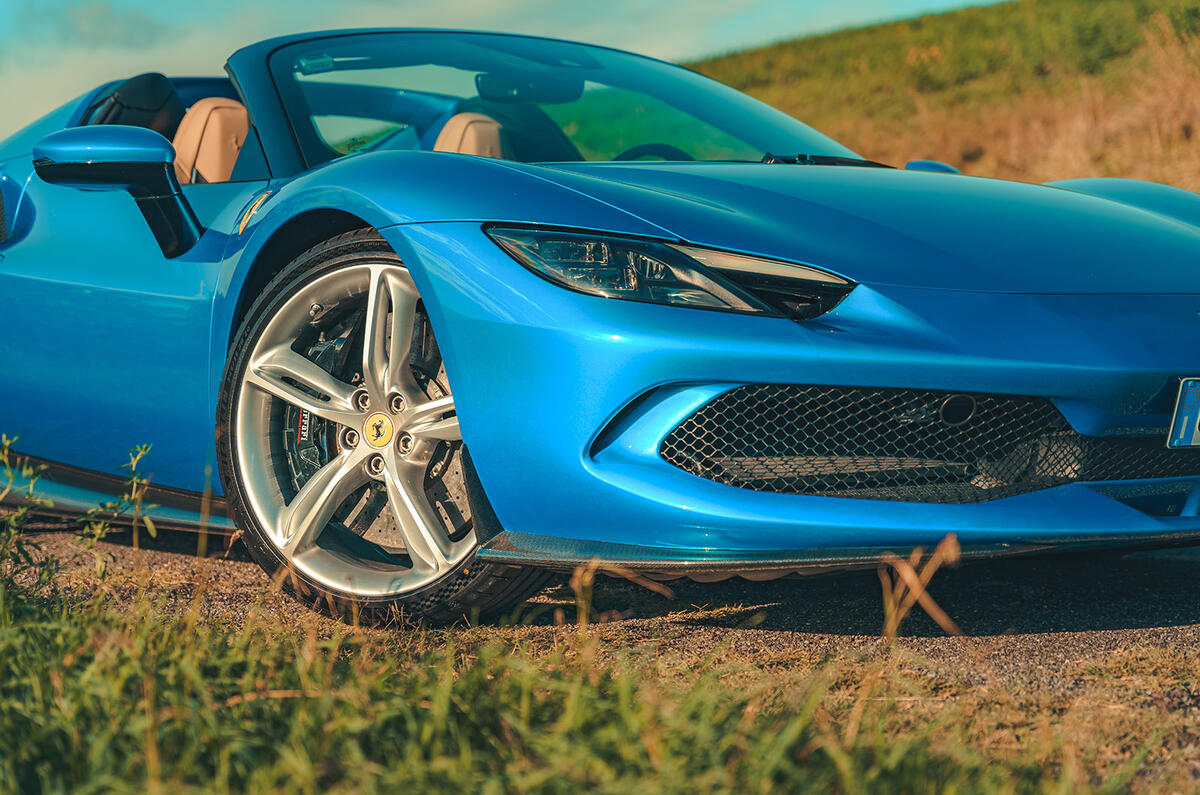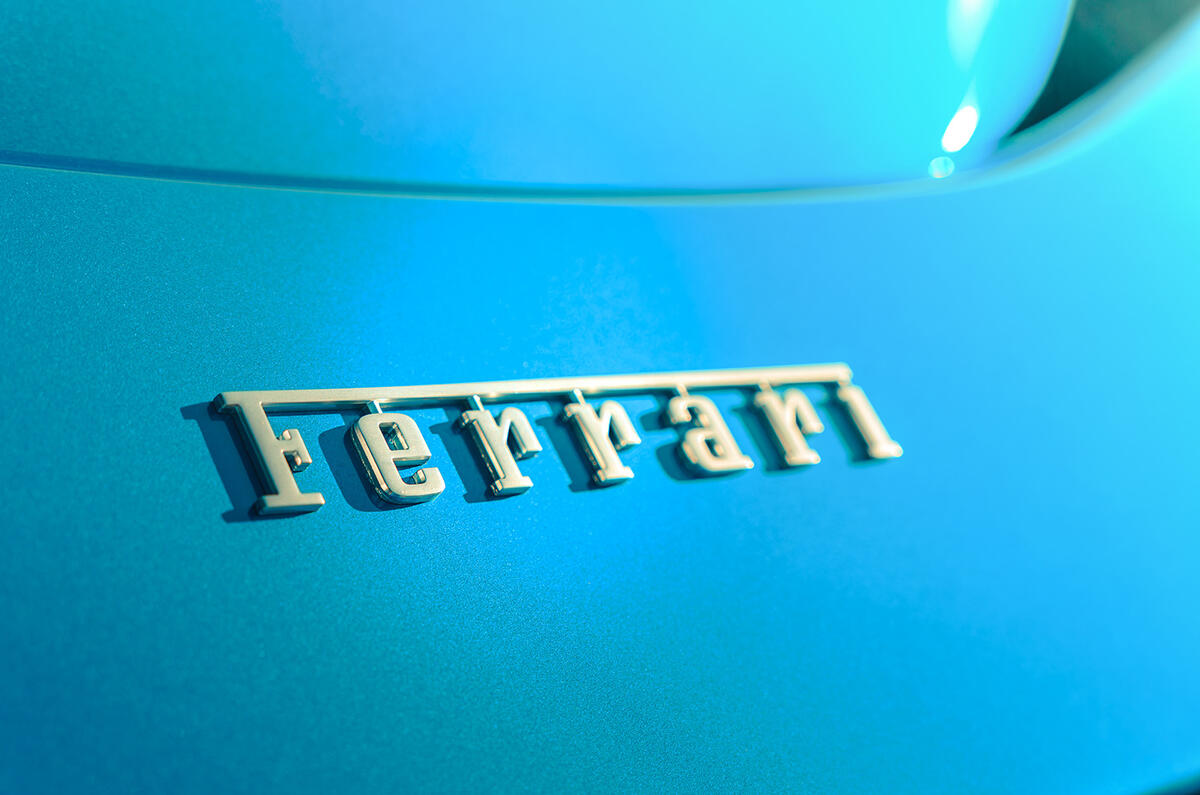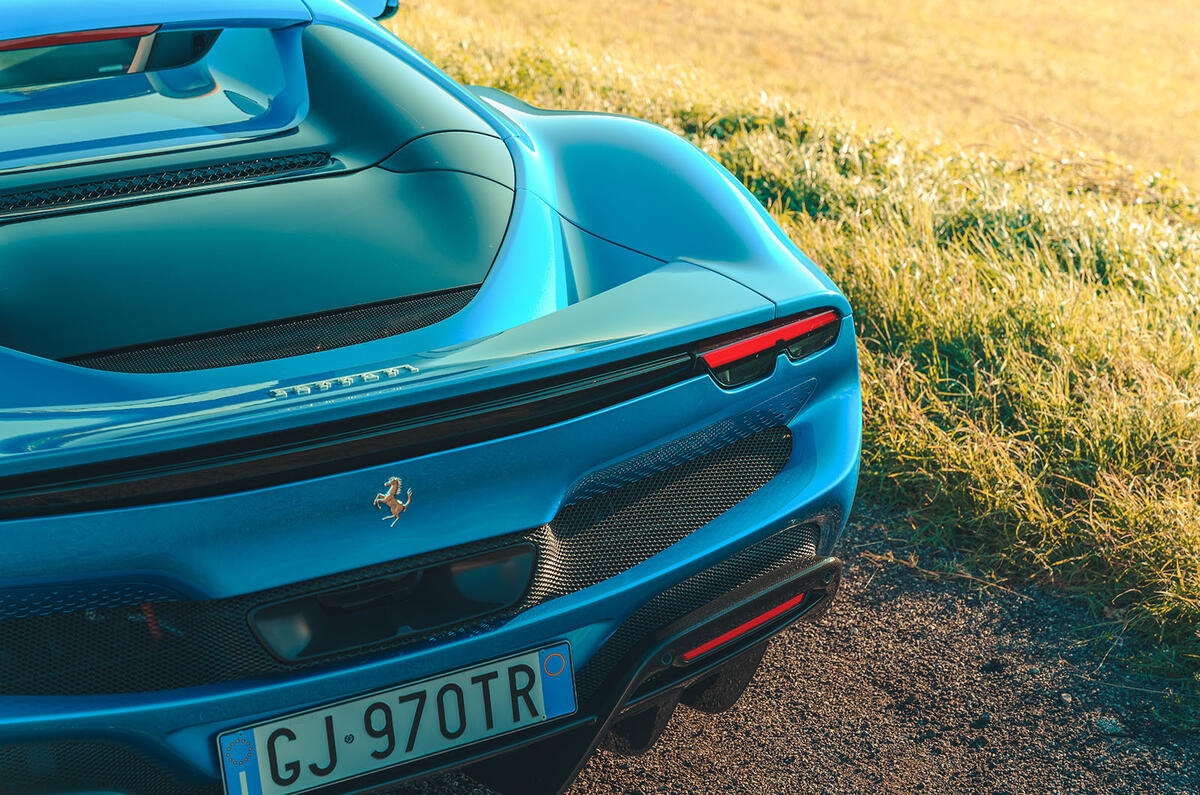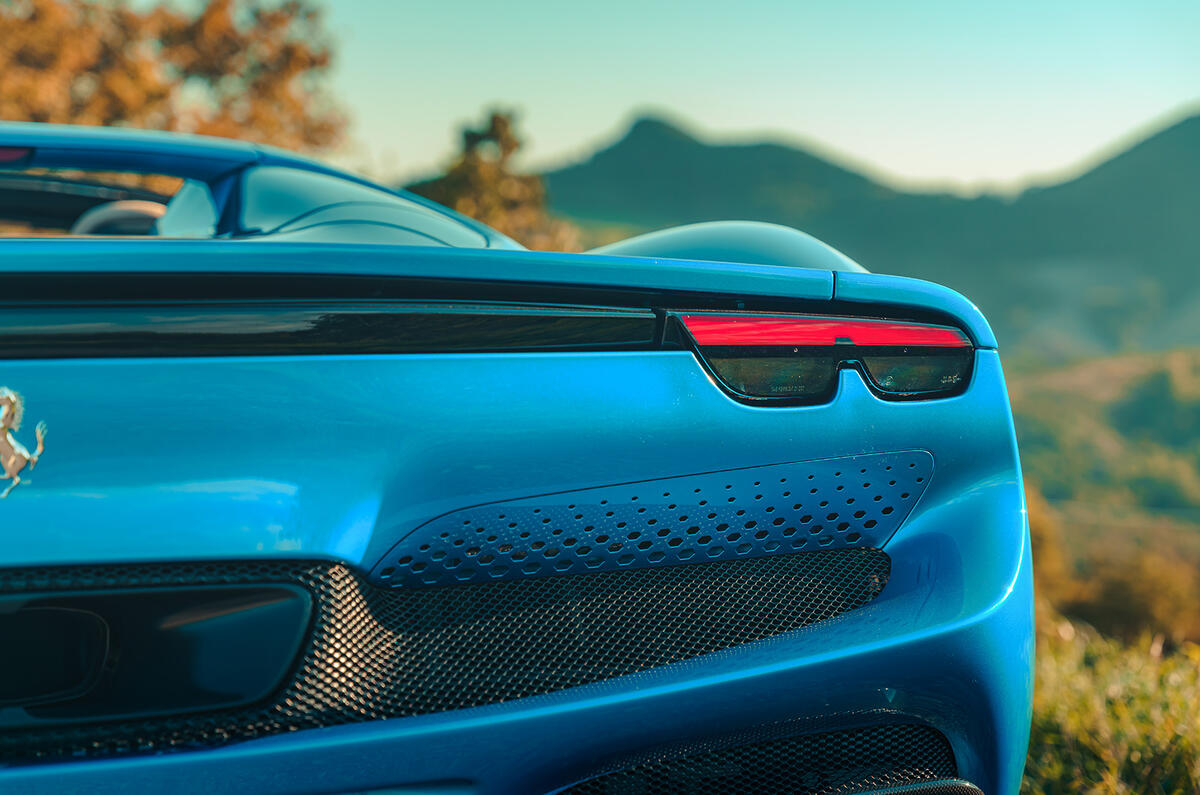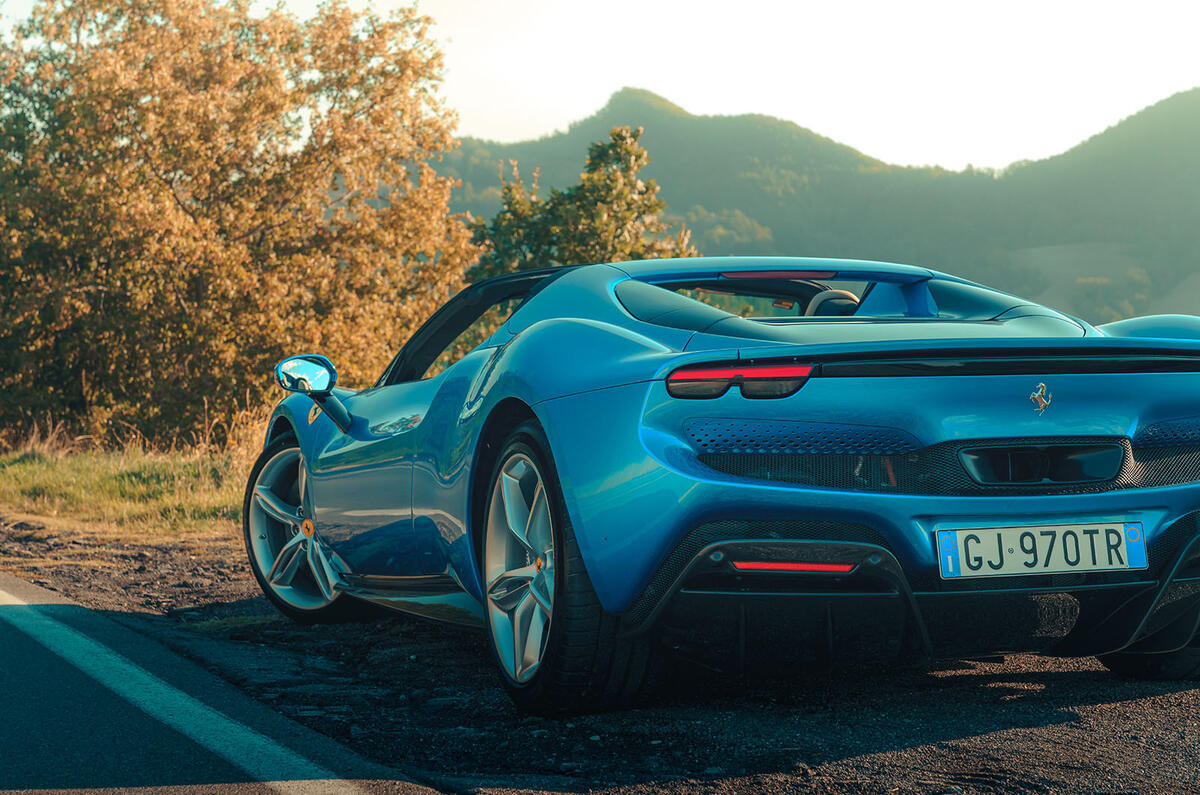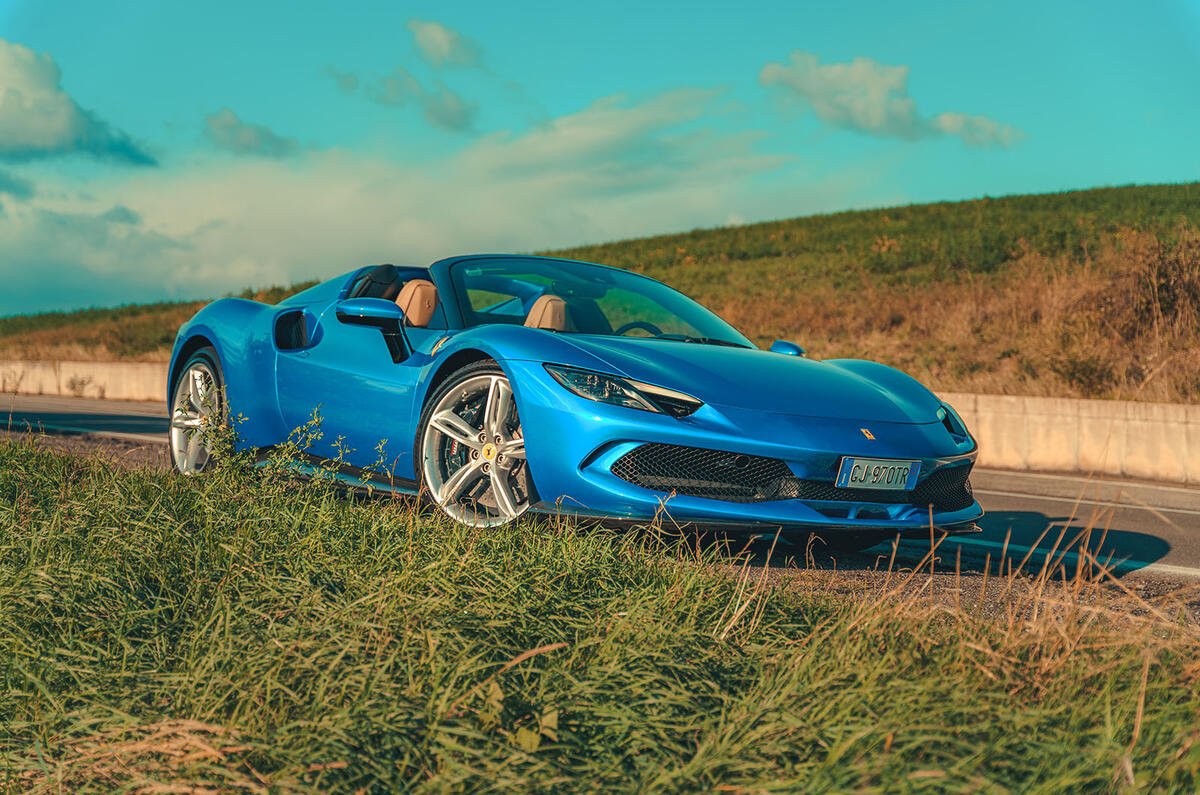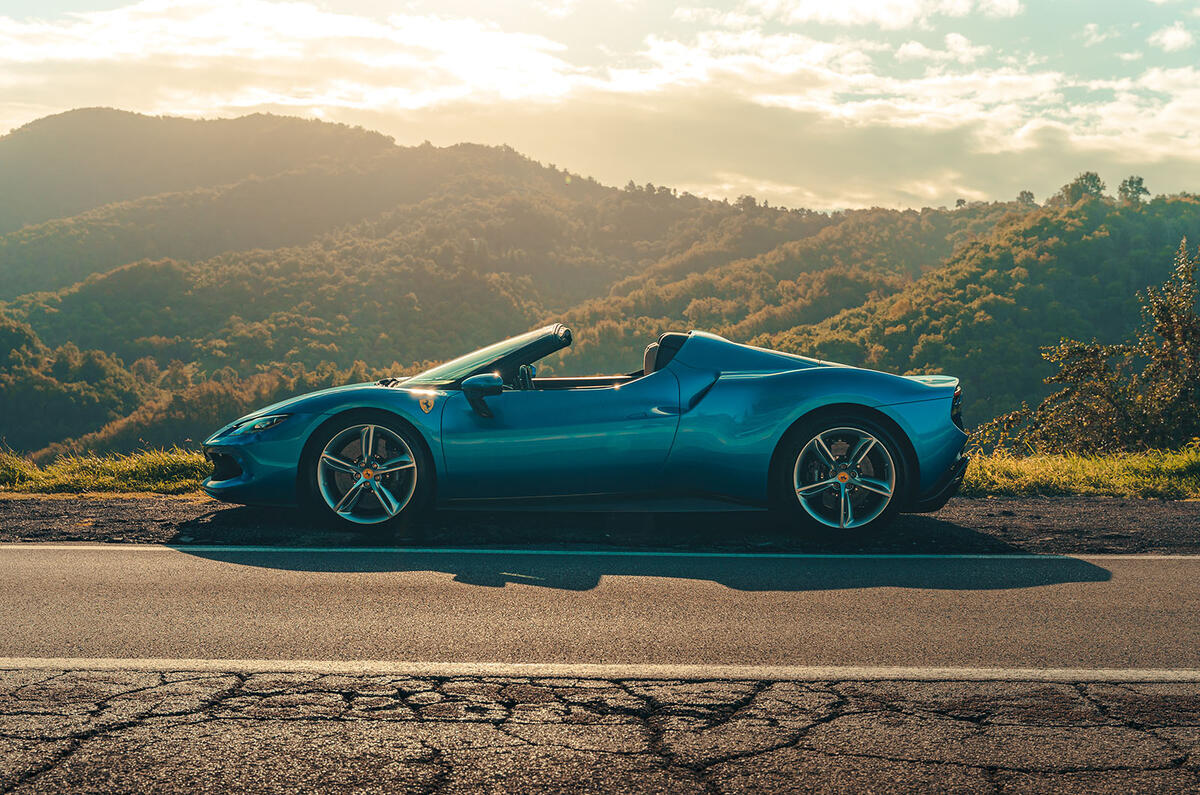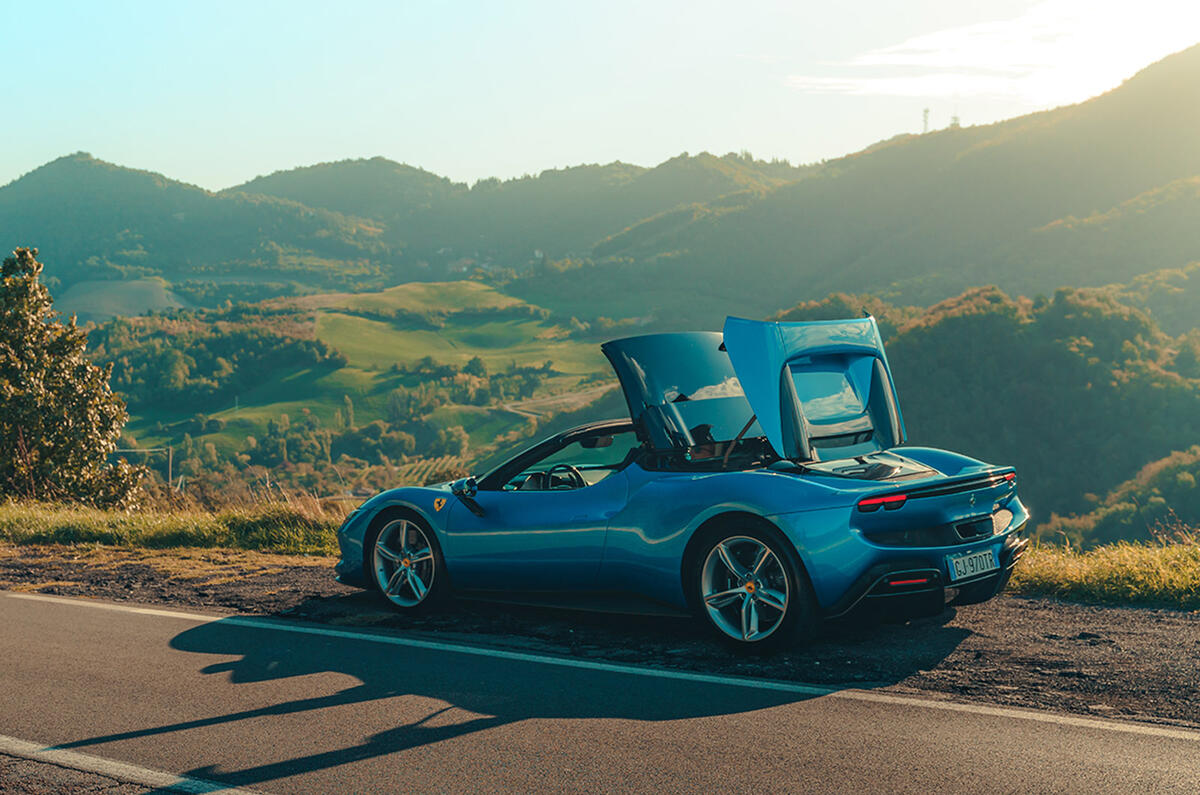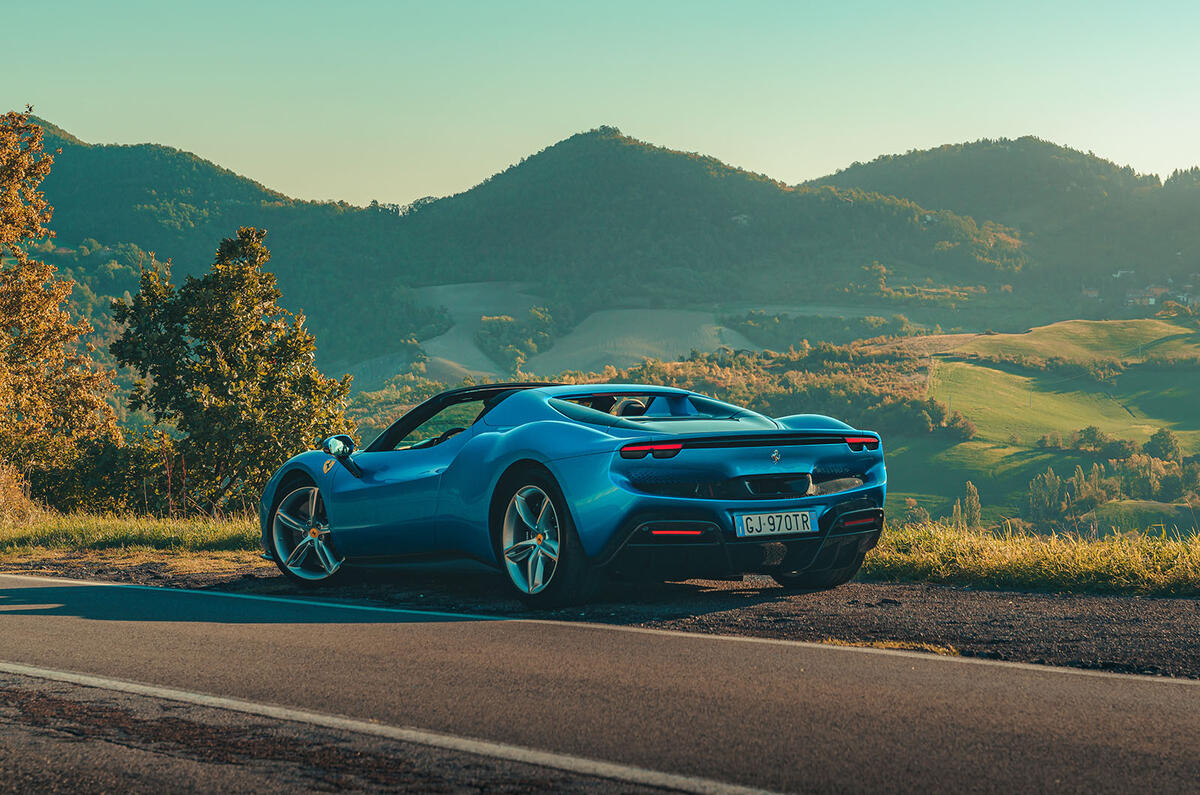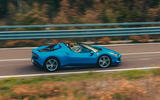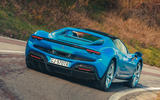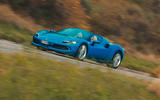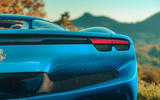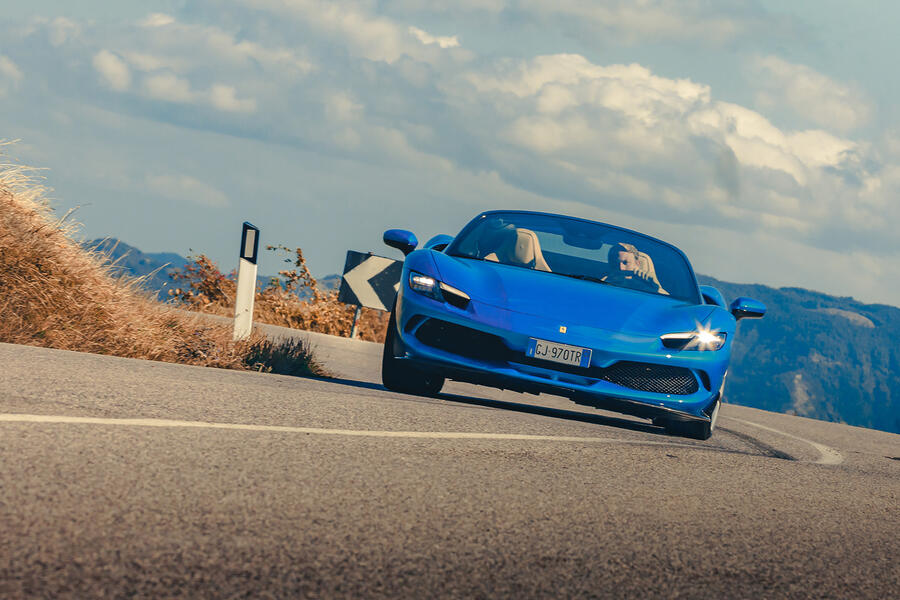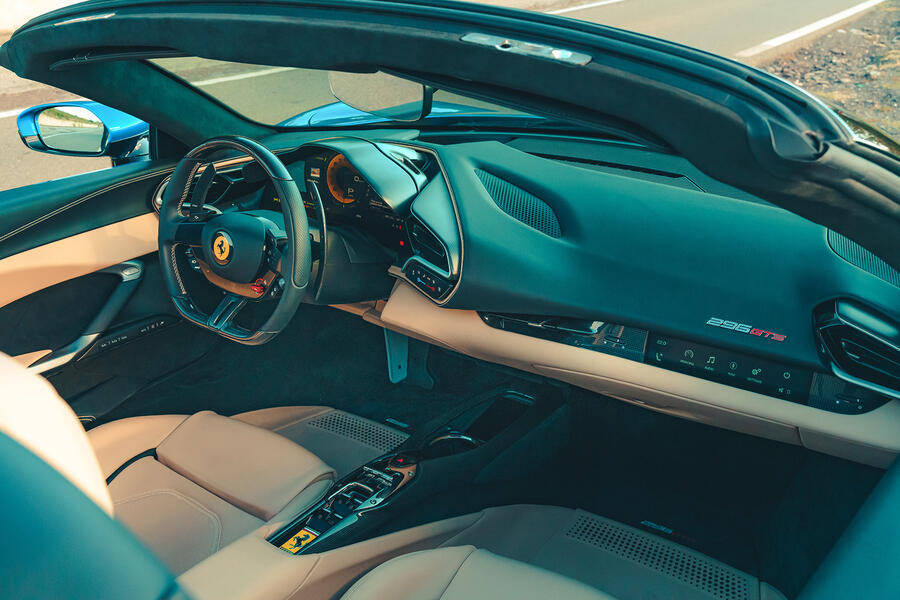Maybe we can all agree on something. It’s that, everything else being equal, having the ability to temporarily lose the roof on a supercar is better than not.
Disagree? Come on, don’t be pious. Of course coupés are way cooler, being more pure-bred and motorsporty, and generally no-nonsense. But it's also important to accept that if you are driving any supercar, open or not, you're already fully partaking in the nonsense and may as well lean into it. And the fact is that although all modern supercars give you the option of toggling fruity exhaust modes, lessening the hand of the chassis electronics, taking ‘manual’ control of the gearbox and exploring various other tricks to your heart’s content, none of it skyrockets the drama quotient quite so effectively as peeling back the roof and opening up the sky.
But here's the drawback: without the panel above your head, you reduce the torsional stiffness of the shell, making the chassis steer less precisely and the suspension work less consistently. To remedy this, you can strengthen the floor and half-moon of the door apertures, but this never fixes the issue entirely and adds weight, as does the mechanism that retracts the roof. You end up with a tubbier, floppier car, which is okay for an Audi A5 Cabriolet but less desirable, you’d think, in an 819bhp Ferrari.
The car in question is the new £278,000 Ferrari 296 GTS, which arrives on the heels of its fixed-top Ferrari 296 GTB twin and, quite possibly, as something of a relief to its maker. Word has it that in Maranello they were worried that after the epic aural panto of the naturally aspirated 458 Italia, the blown V8 of the 488 (and subsequently F8) would fail to evoke adequate excitement in the open-air version.


